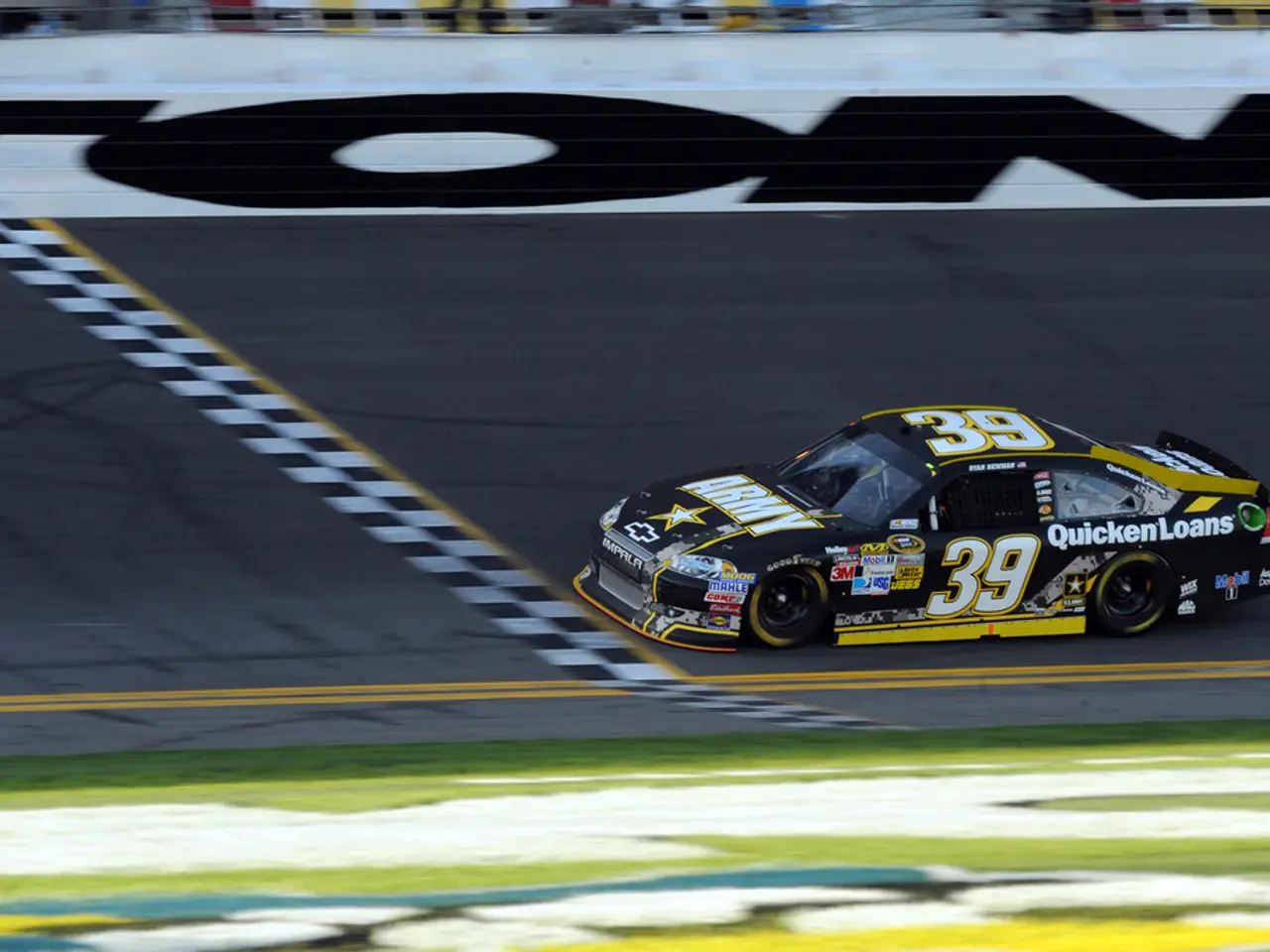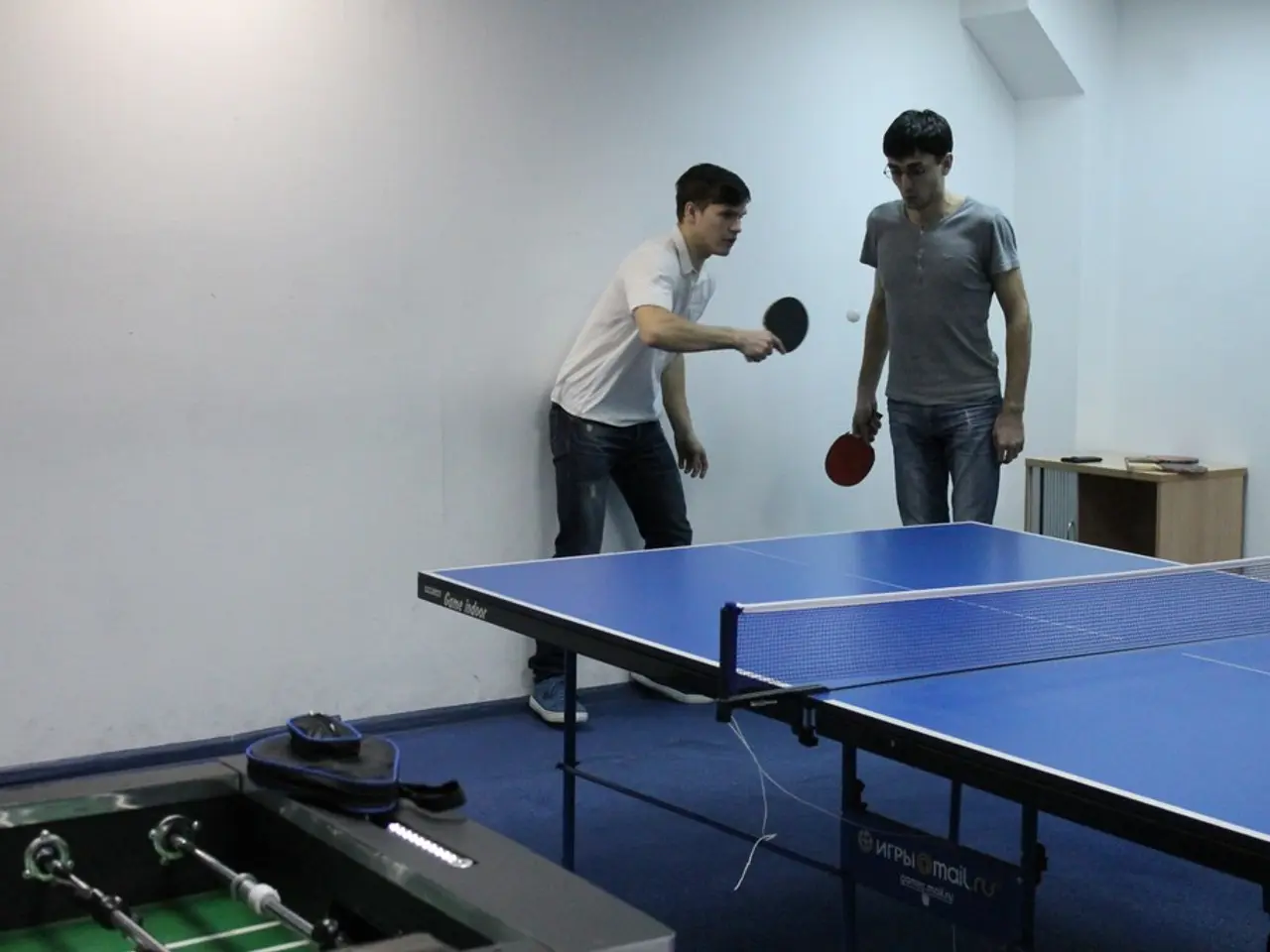Significant Advancements for the Liquid Hydrogen Race Car during its 3rd Year at Fuji 24 Hours Endurance Competition
In the world of motorsport, the 2022 Fuji 24 Hours Race on May 30 witnessed a groundbreaking moment as Toyota's liquid hydrogen-powered Corolla took to the track. This race marked a significant leap in hydrogen fuel applications for endurance racing, as Toyota transitioned from gaseous to liquid hydrogen technology.
The team's goal for the Fuji 24 Hours Race was not just to finish, but to compete with cars from other classes. This ambition was part of Toyota's broader strategy to develop competitive hydrogen combustion engines and test the entire infrastructure required for hydrogen motorsports. The move to liquid hydrogen enables higher energy density and quicker refueling times, critical for endurance races like the Fuji 24 Hours.
The year leading up to the race was filled with challenges, including issues with the previously unstable liquid hydrogen system and typical racing car problems like alternator malfunctions and engine troubles. Despite these setbacks, the team persevered, working together to address each issue that arose during the race and continuing to run until the very end.
The Fuji 24 Hours Race, being Round 3 of the Super Taikyu Series, presented its own unique challenges, including interruptions due to thunderstorms and fog, resulting in a shorter running time. However, the team managed to surpass its own record from the previous year's Fuji 24 Hours Race by forty percent, achieving 468 laps (approximately 2,135 kilometers).
Ryosuke Yamamoto, the liquid hydrogen system developer, expressed his enthusiasm before the race, and his sentiments were echoed by Akio Toyoda, also known as Morizo, after the race. Morizo hinted at future improvements for the team, stating, "There is no end to making ever-better cars. What will the team bring to next year's Fuji 24 Hours Race?" He further added, "It was a long journey. But I feel like this year we finally truly joined the race...I think we've made real progress."
The 24-hour race demonstrated major progress the liquid hydrogen Corolla has made. Toyota's innovation for the race was the use of a liquid hydrogen-powered Corolla to demonstrate and evolve hydrogen combustion technology suitable for long-duration endurance racing, marking a pioneering step in motorsport's hydrogen fuel applications. As Toyota continues to refine and improve its hydrogen technology, it is clear that the future of motorsport is set to be powered by clean, sustainable energy.
The team's goal for the Fuji 24 Hours Race was not only to finish but to compete with cars from other classes, which aligns with Toyota's broader strategy in developing competitive hydrogen combustion engines. With the move to liquid hydrogen enabling higher energy density and quicker refueling times, this race presented an opportunity for Toyota's liquid hydrogen-powered Corolla to showcase its potential in sports racing.





